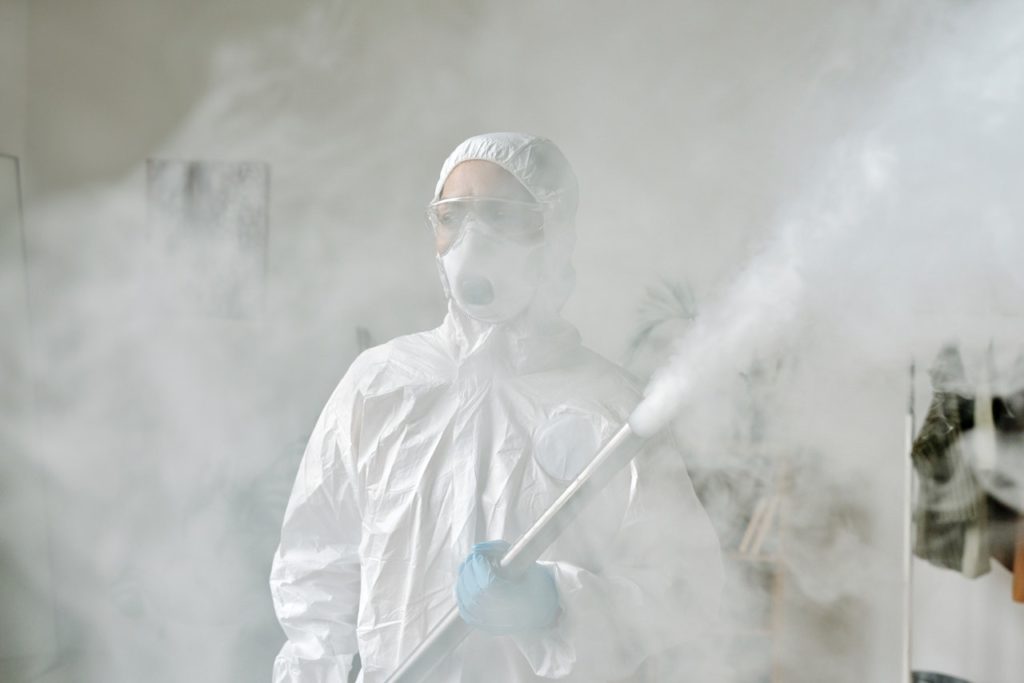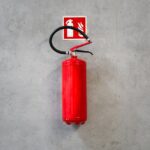What Is Hazardous Waste?
Hazardous waste is classed as any waste that is harmful to human health or the environment. The four characteristics include corrosive wastes, radioactive wastes, and ignitable wastes. Treatment, storage and disposal of hazardous waste should be careful and in line with the hazardous waste regulations that the government has published. Household chemical waste should be taken to household recycling centres where professionals can deal with the materials appropriately.
Types Of Hazardous Materials
There are many different types of waste materials that are hazardous. These wastes include the following:
- Asbestos materials: This waste generation is often found in construction work, specifically on industrial or residential buildings built before the 2000s. In the United States, 1000s of consumer products contained asbestos before the dangers were known.
- Hazardous chemicals: This could include paints, cleaning products, brake fluid, cosmetics, drugs, oils, flammable liquids and gases.
- Solvents: A solvent is a substance that is able to dissolve a solute. This may include organic acids, alcohols, amines, chlorinated solvents, hydrocarbons and ethers.
- Batteries: Batteries contain substances such as lead, sulphuric acid, mercury, nickel and cadmium, which classes them as hazardous waste. You can find further information from the Environmental Protection Agency here.
- Hazardous containers: During chemical production in items such as test tubes, or containers such as oil drums to store liquids, hazardous chemicals can still contaminate the material it is maintained within.
- Pesticides: These are used to remove or destroy pests. The chemicals released can cause short-term health effects, and can harm soils, water and the air.
- Equipment containing ozone depleting substances: These substances are found in fridges, air conditioning, fire extinguishers and heat pump equipment.
Correct Hazardous Waste Management
If you create any of the hazardous waste examples listed, you must be environmentally protective and ensure the safety of your team. This is done through following regulations and having a professional team collect and dispose of any hazardous waste materials on site.
Having a proper waste management process in place for your items will also mean that you can recycle waste where possible; again limiting your impact on the planet. If you create large volumes, it is vital that materials are being reused where possible in order to save raw materials and pollution.
When you are storing hazardous waste, it is important that you are able to tick off the following rules:
- Segregating waste items correctly
- Keeping waste in secure containers
- Having clear labels for each waste type
- Regularly checking on items incase a mistake has been made
- Creating a barrier to contain spills or leaks.
Contact Collect & Recycle To Remove Hazardous Waste
At Collect & Recycle we specialise in collecting and recycling waste for a variety of clients; this ranges from schools to manufacturing businesses. Our team has specialist knowledge in dealing with these waste types, and can even offer services for other materials such as cardboard, WEEE, paper and confidential waste. Get in touch today to book your collection by emailing [email protected].


